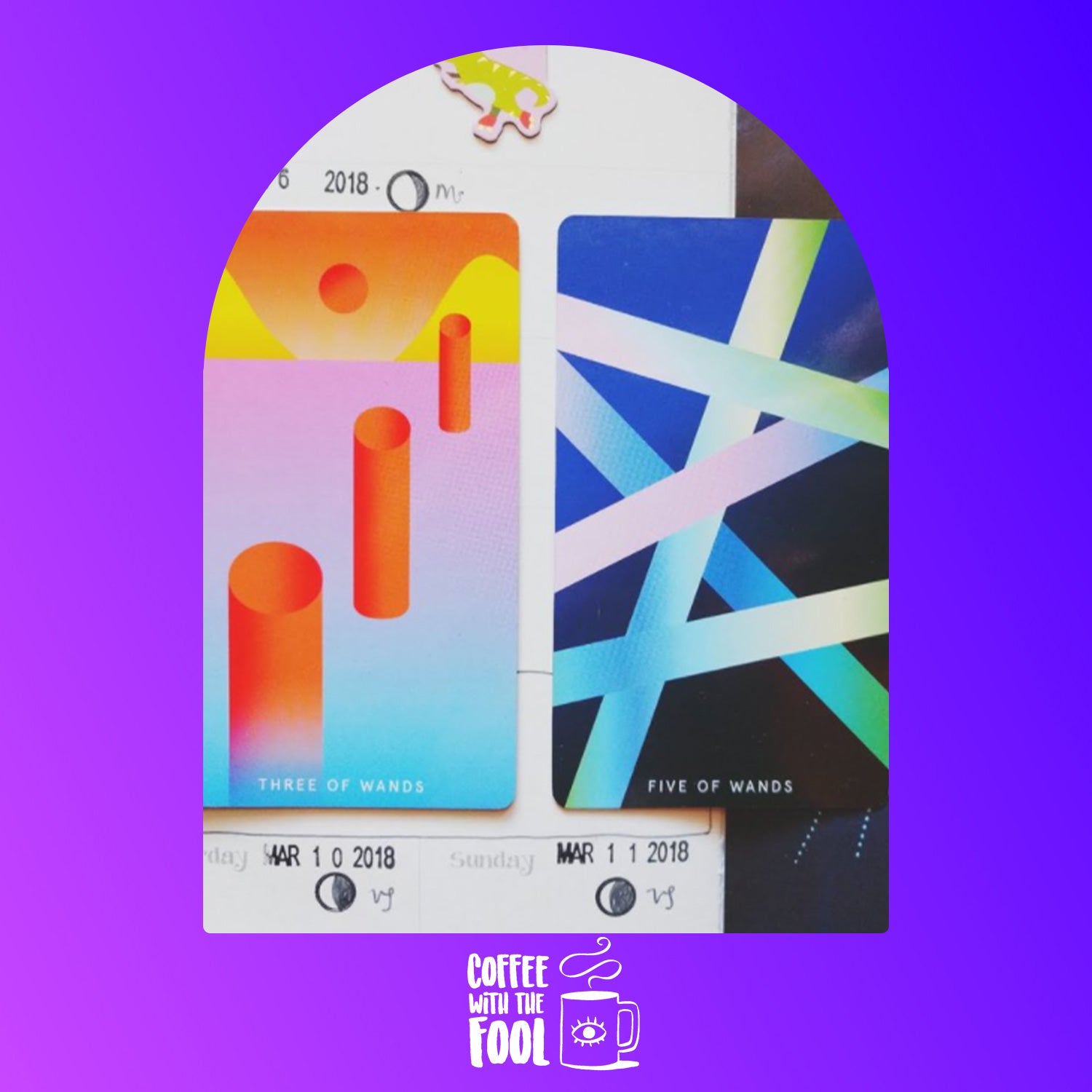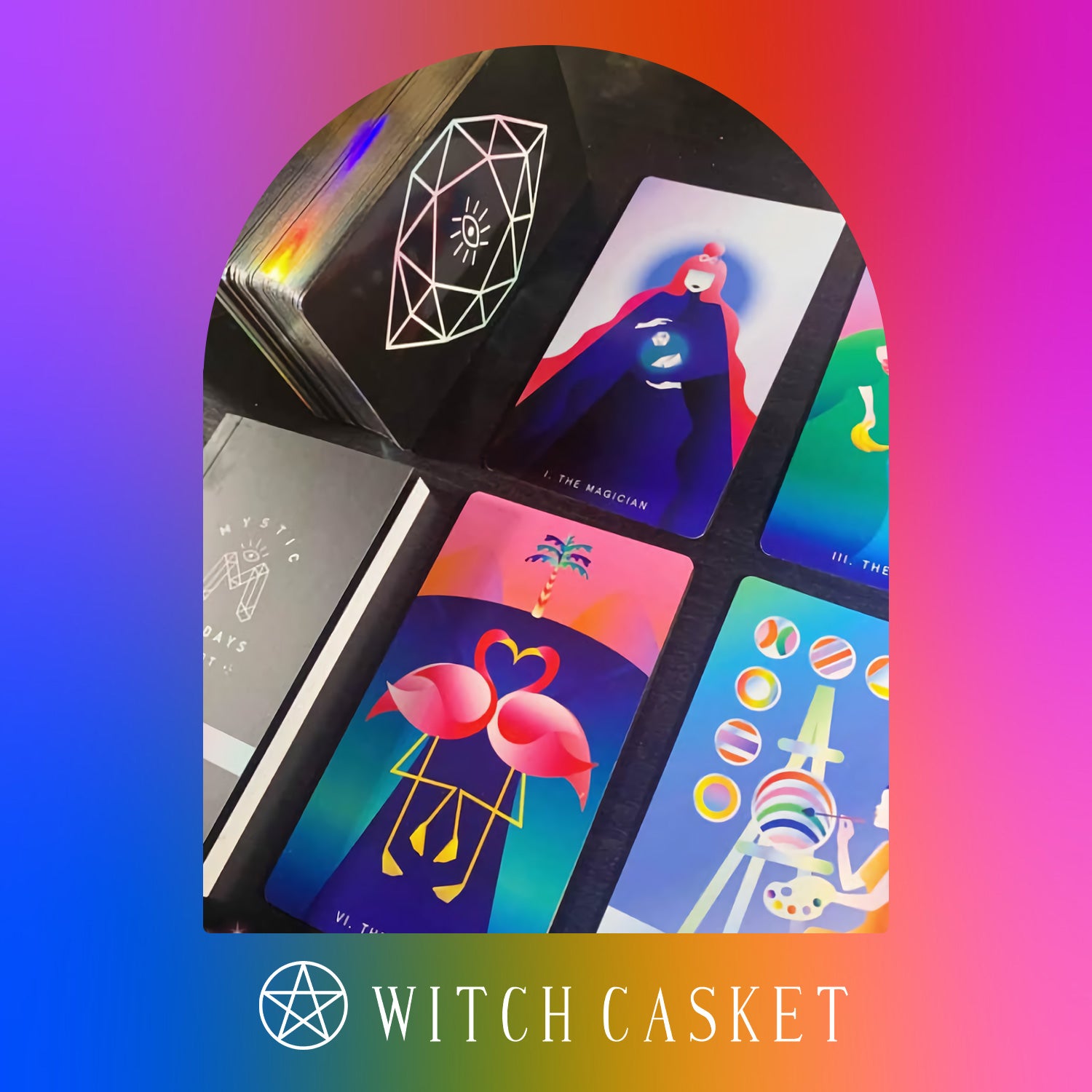Excerpt from the article:
In October, a new technology lab opened amid all the digital startups in Portland, Oregon, aiming to revolutionize a centuries-old business: jewelry. “We’re continually improving our processes to create lab-grown diamonds,” says Steve Coe, a former engineer who is now the CEO of Lightbox Jewelry. “Our lab is instrumental in enabling us to conduct new kinds of research and development.”
Naturally occurring diamonds are formed by intense heat and pressure a hundred miles below the surface of the earth. But the dream of producing them on demand has been kicking around for centuries. Antoine Lavoisier, a French chemist, first discovered that diamonds consist of a crystalline form of carbon in 1772, leading to the idea that they could be grown in a laboratory. For the next 200 years, scientists attempted to do so, with little success. In the 1950s, however, scientists at Union Carbide, the Swedish company ASEA, and General Electric successfully replicated nature’s process by machine, in a matter of weeks. Since then, advances have led to various methods for creating diamonds that are chemically, physically, and visually identical to mined stones. For years, lab-grown diamonds have been used in everything from surgery scalpels to the speaker domes at Abbey Road. In 2018, Lightbox was founded to create a retail outlet for gem-quality synthetics, leading to the launch of its laboratory in Gresham, Oregon, and an optimized process to cultivating lab-grown diamond jewelry.
Read the full article here:
https://www.wired.com/sponsored/story/inside-the-science-of-growing-diamonds/






